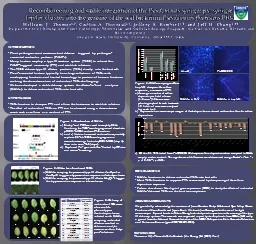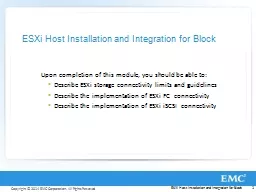PPT-Recombineering and stable integration of the
Author : trish-goza | Published Date : 2016-03-14
Pseudomonas syringae pv syringae hrp hrc cluster into the genome of the soil bacterium Pseudomonas fluorescens Pf01 William J Thomas 12 Caitlin A Thireault
Presentation Embed Code
Download Presentation
Download Presentation The PPT/PDF document "Recombineering and stable integration of..." is the property of its rightful owner. Permission is granted to download and print the materials on this website for personal, non-commercial use only, and to display it on your personal computer provided you do not modify the materials and that you retain all copyright notices contained in the materials. By downloading content from our website, you accept the terms of this agreement.
Recombineering and stable integration of the: Transcript
Download Rules Of Document
"Recombineering and stable integration of the"The content belongs to its owner. You may download and print it for personal use, without modification, and keep all copyright notices. By downloading, you agree to these terms.
Related Documents














